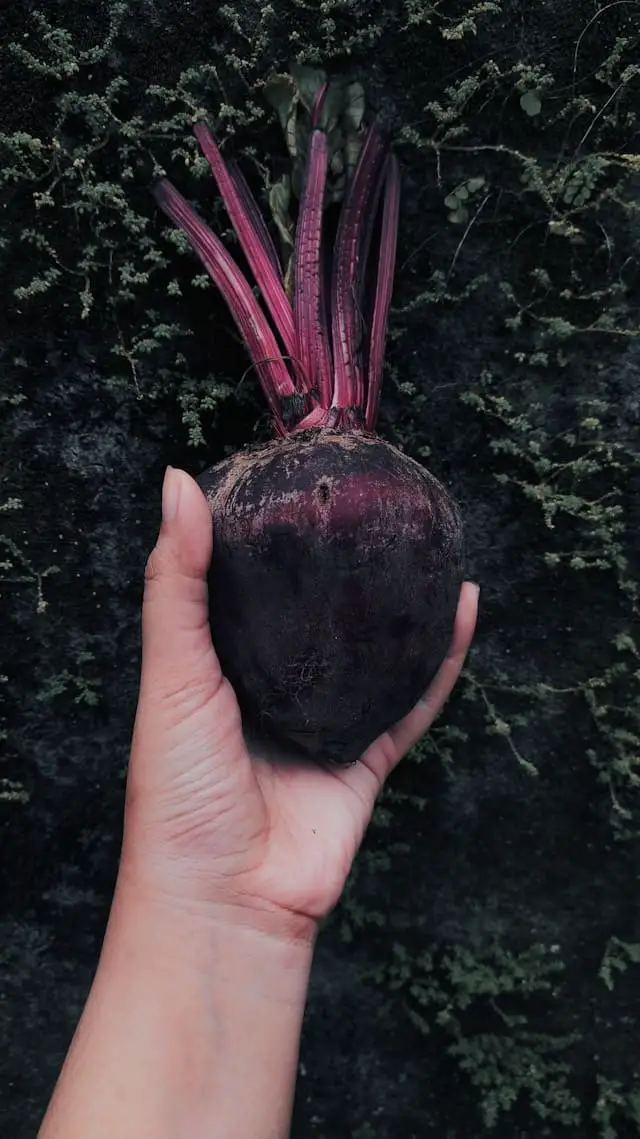5 Fast Growing Perennials: Colorful Choices That Are Quick To Grow
Kickstart your gardening journey with these rapid-fire perennials, perfect for filling planters and enjoying the fruits of labor year after year. Fast-growing perennials eliminate the need for replanting, making them an ideal choice for gardeners of all levels. These speedster perennials are just a few of the many options available, offering a range of colors, textures, and growth habits to elevate your outdoor space.
Montbretia (Crocosmia, Coppertips)

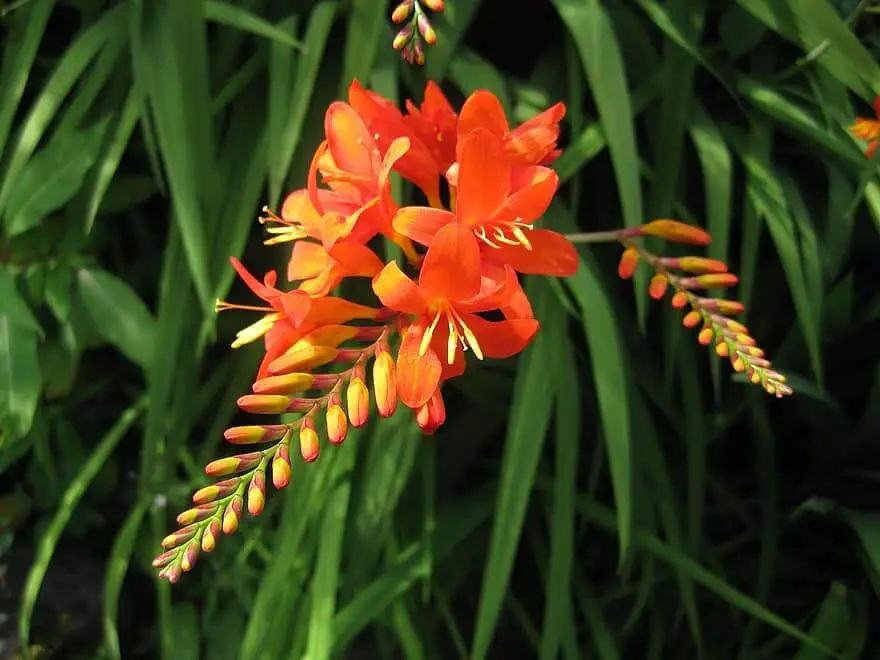
The montbretia’s botanical identity is rooted in the iris family, with the scientific name Crocosmia X crocosmiiflora. This fast-growing perennial boasts a straightforward cultivation process. Its pale green, strap-like leaves measure between 2 to 3 inches in length. The vibrant flowers, available in shades of red, orange, and yellow, bloom during the summer months and reach a width of approximately 2 inches.
To thrive, montbretia requires full sun or partial shade, coupled with moist soil conditions. For propagation, offsets are the preferred method, and this perennial flourishes in USDA hardiness zones ranging from 6 to 9.
Abyssinian Banana (Ensete ventricosum)


The Abyssinian banana, scientifically known as Ensete ventricosum, is a rapid-growing perennial tree that thrives within the banana family. Its impressive foliage features leaves reaching lengths of up to 20 feet, with an olive-green hue on top and a maroon underside. Reaching heights of approximately 30 feet, this plant is not only visually striking but also boasts an intriguing botanical profile.
Floral arrangements take the form of delicate white cup-like structures, while its fruit resembles miniature bananas – although, unfortunately, they are not edible. To cultivate optimal growth, provide partial shade to full sun exposure and moist soil conditions. Propagation is typically achieved through seed dispersal, with a recommended USDA hardiness zone range of 9 to 11.
Indigo Spires Sage
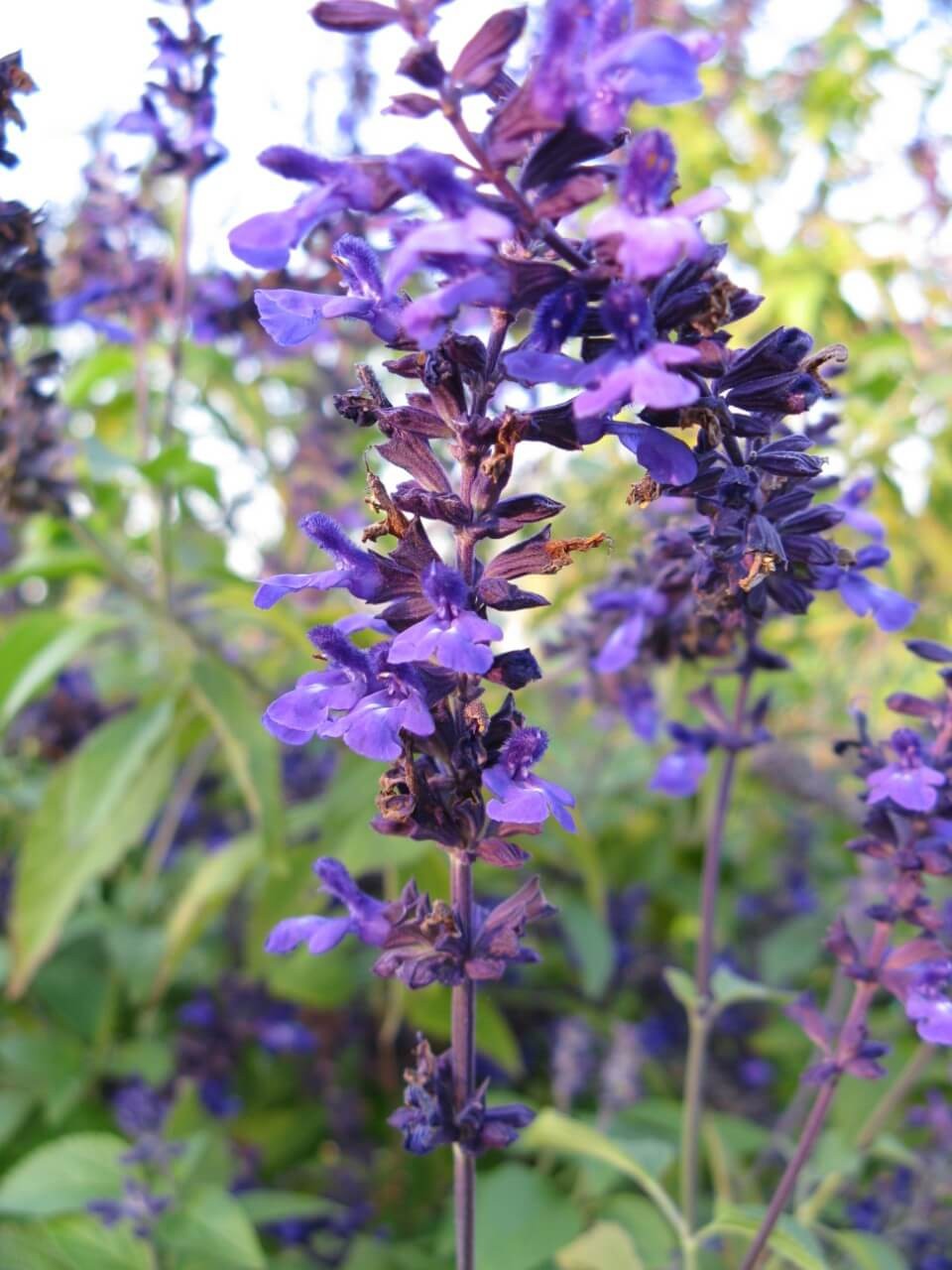

Salvia ‘Indigo Spires’ is a charming perennial that thrives within the mint family. Its rapid growth and ability to attract butterflies make it an attractive addition to any garden. This striking plant boasts leaves reaching three inches in length, accompanied by half-inch flowers boasting a unique bluish-violet hue. As it matures, the entire plant can reach heights of 3-5 feet, making it a versatile option for gardeners.
While full sun is ideal, this hardy perennial will also tolerate partial shade. For propagation, cuttings are a reliable method, and Salvia ‘Indigo Spires’ flourishes in USDA hardiness zones 7-11.
Orange Coneflower (Rudbeckia fulgida)
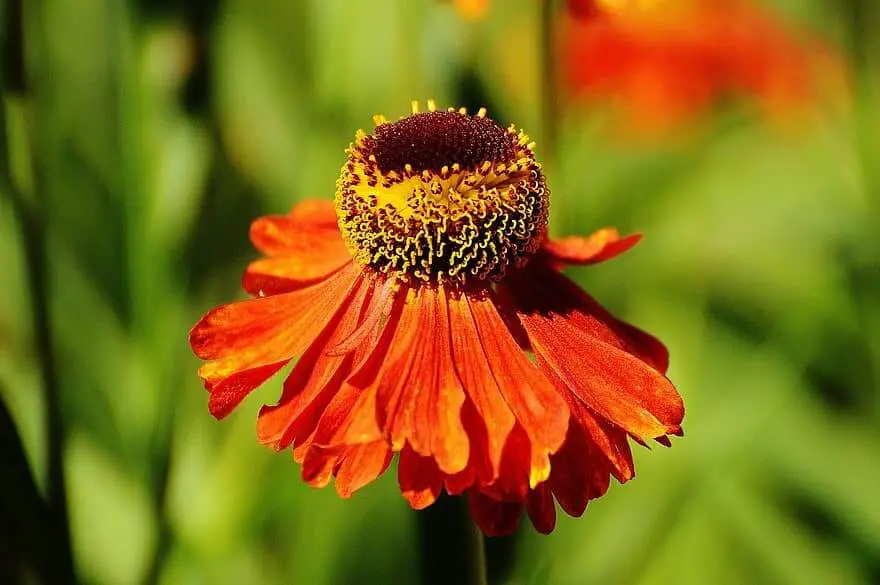
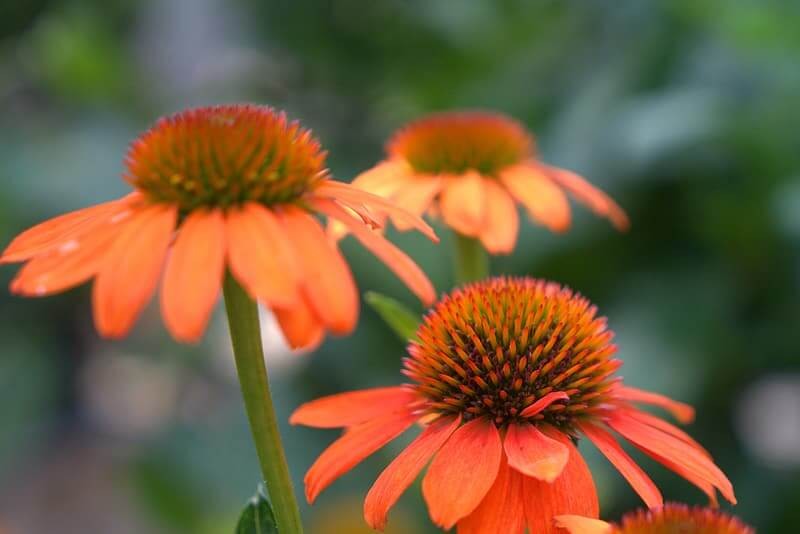
The coneflower, scientifically known as Rudbeckia fulgida var. sullivantii, is a rapid-growing perennial that thrives in the presence of butterflies. This daisy-aster family member boasts hairy leaves measuring five inches in length, accompanied by bright yellow blooms that span three inches across. The plant’s height can reach up to three feet tall. Ideally, it flourishes when planted in full sun and well-drained soil, although it can tolerate partial shade as well.
To propagate this beauty, gardeners can either divide clumps or sow seeds. As a hardy perennial, it thrives in USDA zones 3 through 9.
Crown Vetch (Securigera varia)

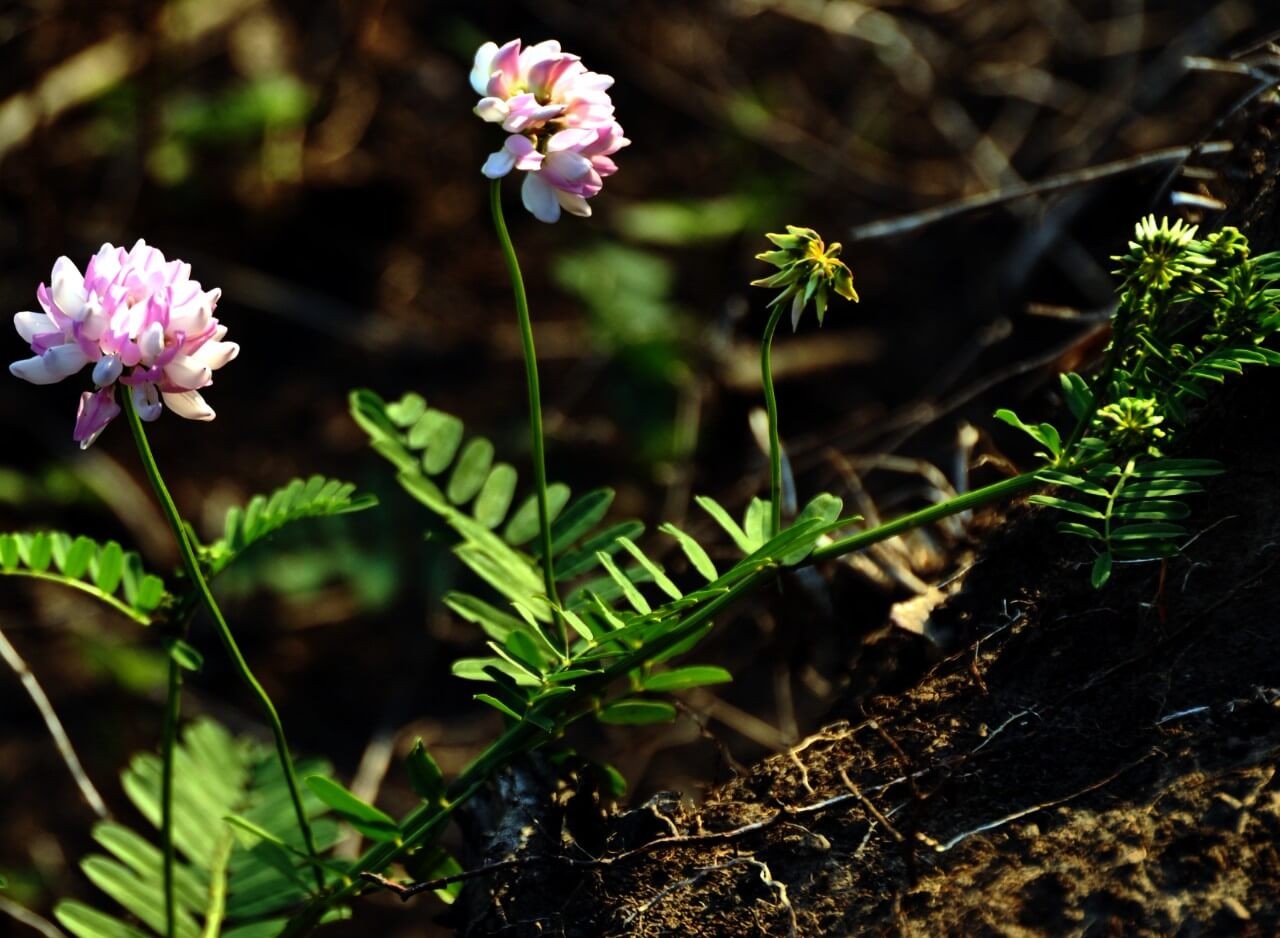
The crown vetch, a perennial vine belonging to the bean family, exhibits rapid growth. Botanically classified as Coronilla varia, this plant boasts leaves measuring up to 12 inches in length during the summer and fall seasons, accompanied by clusters of clover-like flowers featuring white, pink, or purple hues. Its height can reach up to 6 feet, depending on the specific cultivar. To thrive, crown vetch requires full sun and regular watering.
Propagation is typically achieved through seed production, and it grows well in USDA hardiness zones ranging from 4 to 9.


